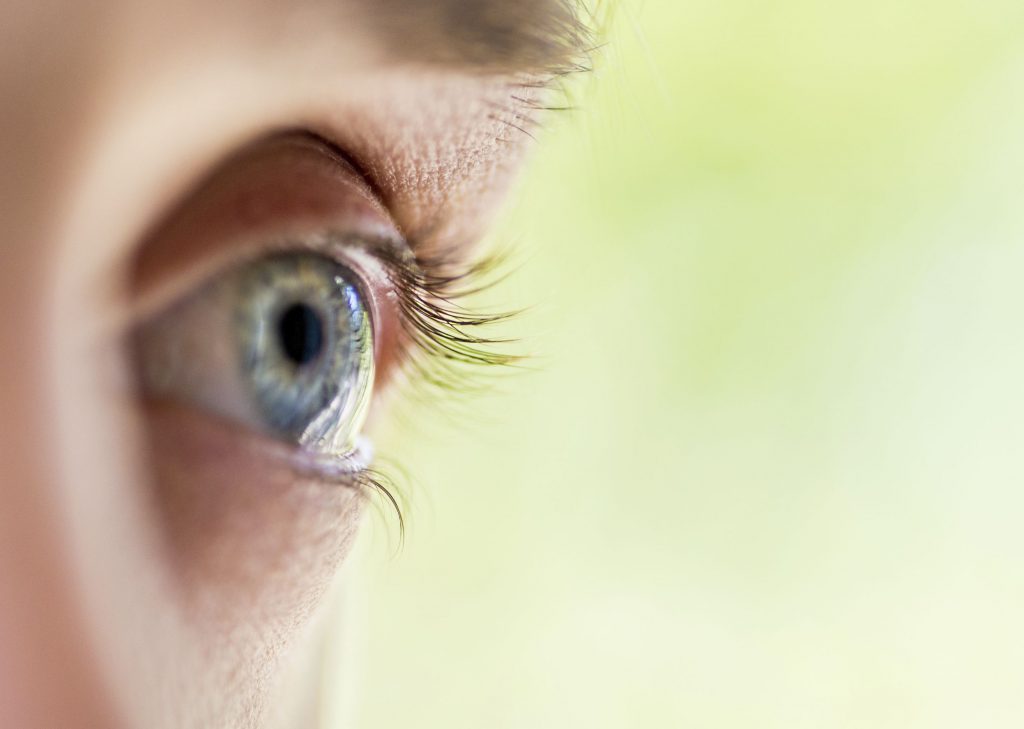A condition that affects the cornea, which is the clear, dome-shaped surface that covers the front of the eye. The cornea thins and bulges into a cone shape in this condition, causing blurred vision and other visual distortions. This is a progressive condition that can lead to significant vision loss if left untreated.

The cause of this is not yet fully understood, but it is believed to be a combination of genetic and environmental factors. Some studies have suggested that people who rub their eyes frequently or have allergies may be more likely to develop keratoconus. Additionally, there may be a genetic component, as keratoconus often runs in families.
Symptoms of Keratoconus typically develop in adolescence or early adulthood, and they can worsen over time. Common symptoms include blurred or distorted vision, increased sensitivity to light, and frequent changes in glasses or contact lens prescriptions. In some cases, keratoconus can also cause eye pain, headaches, and eye strain.
Diagnosing this typically involves a comprehensive eye exam, which may include a visual acuity test, corneal topography, and pachymetry, which measures the thickness of the cornea. In some cases, a corneal biopsy may be necessary to confirm the diagnosis.
Treatment for keratoconus depends on the severity of the condition. Mild cases may be treated with glasses or contact lenses, but more severe cases may require surgery. One common surgical option is corneal cross-linking, which uses a special type of ultraviolet light to strengthen the cornea and prevent further thinning. Another option is Intacs, which are small plastic inserts that are placed in the cornea to help reshape it.
In some cases, a corneal transplant may be necessary to restore vision. During this procedure, the damaged cornea is removed and replaced with a donor cornea. While this is a major surgery that carries some risks, it can be highly effective in restoring vision and improving quality of life.
In addition to these treatments, there are also a number of lifestyle changes that can help manage keratoconus. For example, avoiding eye rubbing and practicing good eye hygiene can help prevent further damage to the cornea. Additionally, avoiding activities that can put pressure on the eyes, such as swimming and contact sports, can also be helpful.
In conclusion, keratoconus is a progressive eye condition that can lead to significant vision loss if left untreated. While the cause of the condition is not fully understood, there are a number of effective treatments available, including corneal cross-linking, Intacs, and corneal transplant. By working closely with an eye doctor and making lifestyle changes to protect the eyes, people with keratoconus can manage their symptoms and maintain good vision for years to come.
There are several keratoconus specialists in Chicago who are experts in treating this eye condition. These specialists have extensive experience and knowledge in diagnosing and managing keratoconus. They offer various treatment options, including corneal cross-linking, intrastromal corneal ring segments, and specialty contact lenses, to improve vision and slow down the progression of the disease.

